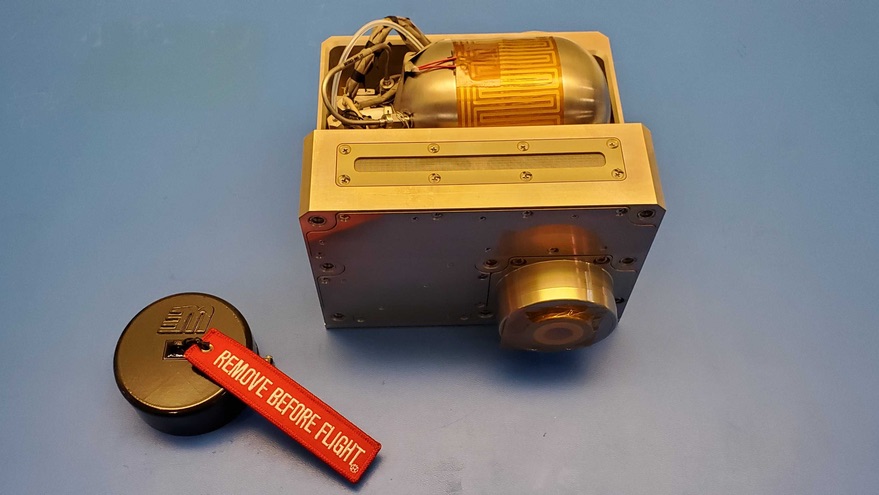WASHINGTON — Phase Four has raised $26 million in a Series B round that will allow it to accelerate production of its satellite electric propulsion systems.
The company announced June 11 it raised the round led by venture capital firm New Science Ventures LLC. The company had raised about $20 million in earlier funding rounds.
The El Segundo, California-based company has developed a plasma propulsion system called Maxwell for use on small satellites. Strong demand for Maxwell after the launch of the first spacecraft with those thrusters earlier this year prompted the funding round in order to fuel the company’s expansion.
“A lot of customers get more interested once they realize that this product is real and it’s working in space,” Beau Jarvis, chief executive of Phase Four, said in an interview. “We got a lot more inbound demand and our team has been pretty small up to this point. In order to make more Maxwell systems we needed to raise more capital.”
Phase Four was introduced to New Science Ventures through another investor, he said. That VC firm has previously invested in ABL Space Systems, a small launch vehicle company, and PlanetIQ, which is developing a constellation of satellites to collect commercial weather data.
“Phase Four has the management team, core technology set and product strategy to build a leadership position in the in-space propulsion sector,” Somu Subramaniam, managing partner of New Science Ventures, in a statement.
With the new funding, Jarvis said Phase Four plans to scale up production of thruster systems. “We’re going to triple the production of Maxwell from now to the first half of next year,” he said.
The first satellites with Maxwell thrusters launched in January, and the company now has three systems in orbit. Jarvis said the customers have asked not to be named for now, although Phase Four announced in 2019 orders from Capella Space and Tyvak Nano-Satellite Systems. The company expects to have up to eight thrusters in orbit by the end of the year.
The systems that are in orbit are working well. “Our engineering team says the data on orbit is as boring as the data in the environmental test facility, which is always good,” Jarvis said. “That’s given us the confidence to build more of them.”
Those thrusters in orbit use xenon as propellant, but the company is studying the use of alternatives that can provide cost and mass savings. The company won a Small Business Innovation Research award from the U.S. Air Force in April to work on a version of Maxwell that uses iodine as propellant. Iodine doesn’t require high-pressure vessels for storage and is less expensive than xenon.
Jarvis said the funding round will support work on the iodine-fueled version of Maxwell, including a new vacuum chamber dedicated to testing that thruster. “Our team right now is doing some initial testing with the new version of the thruster that will handle iodine. Later this summer, we’ll be doing our first in chamber tests with iodine,” he said. If all goes as planned, that thruster would be commercially available in early 2023.
